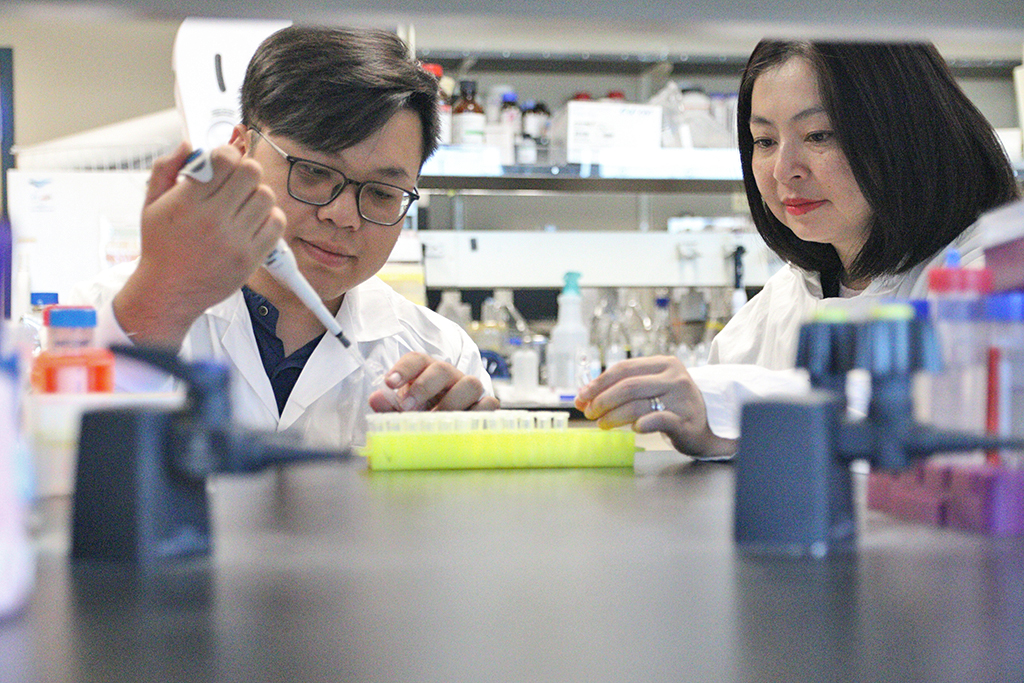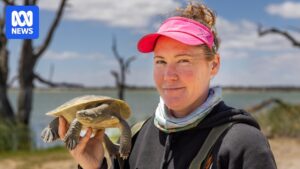
Researchers at the University of British Columbia’s Okanagan campus have made a groundbreaking discovery in understanding how plants produce mitraphylline, a rare natural compound with potential anti-cancer properties. This discovery could pave the way for more sustainable production of these powerful compounds.
Mitraphylline is part of a small group of plant molecules known as spirooxindole alkaloids, which are characterized by their unique “twisted” ring structures. These compounds are noted for their potent effects against tumors and inflammation. However, the molecular process by which plants synthesize spirooxindoles has long been an enigma to scientists.
Unveiling the Molecular Mystery
In 2023, Dr. Thu-Thuy Dang’s research group at UBC Okanagan’s Irving K. Barber Faculty of Science identified the first plant enzyme capable of twisting a molecule into the spiro shape. According to Dr. Dang, who is the Principal’s Research Chair in Natural Products Biotechnology, this discovery is akin to finding the “missing links in an assembly line,” providing critical insight into how nature constructs these complex molecules.
Building on this breakthrough, doctoral student Tuan-Anh Nguyen spearheaded efforts to pinpoint a pair of enzymes responsible for configuring the molecules’ 3D structure and subsequently twisting it into mitraphylline. This advancement offers a blueprint for producing mitraphylline and similar compounds sustainably.
The Challenge of Natural Compound Production
Natural compounds like mitraphylline are typically found in minimal quantities in plants, making laboratory reproduction both challenging and costly. Mitraphylline, for instance, is present only in trace amounts in tropical trees such as Mitragyna (kratom) and Uncaria (cat’s claw), which belong to the coffee family. By identifying the enzymes involved in its synthesis, researchers can now explore more efficient and eco-friendly production methods.
“With this discovery, we have a green chemistry approach to accessing compounds with enormous pharmaceutical value,” said Nguyen. “This is a result of UBC Okanagan’s research environment, where students and faculty work closely to solve problems with global reach.”
Collaborative Efforts and Future Directions
The project was a collaborative effort between Dr. Dang’s lab at UBC Okanagan and Dr. Satya Nadakuduti’s team at the University of Florida. It received support from several organizations, including Canada’s Natural Sciences and Engineering Research Council’s Alliance International Collaboration program, the Canada Foundation for Innovation, and the Michael Smith Health Research BC Scholar Program. Additional support came from the United States Department of Agriculture’s National Institute of Food and Agriculture.
Dr. Dang expressed pride in the discovery, emphasizing the role of plants as “fantastic natural chemists.” The research team is now focused on adapting the molecular tools discovered to create a broader range of therapeutic compounds.
“Our next steps will focus on adapting these molecular tools to create a wider range of therapeutic compounds,” Dr. Dang stated.
Implications for the Future
This discovery not only enhances our understanding of plant biochemistry but also opens new avenues for the development of plant-based pharmaceuticals. By harnessing the natural processes of plants, researchers can potentially produce a variety of therapeutic compounds more sustainably and affordably.
The implications of this research extend beyond cancer treatment, offering potential breakthroughs in other areas of medicine where spirooxindole alkaloids could be beneficial. As the scientific community continues to explore these possibilities, the work at UBC Okanagan stands as a testament to the power of collaborative research and innovation.
As Nguyen reflects on his experience, he expresses gratitude for the mentorship and support he received at UBC Okanagan, which he credits with enabling his growth as a researcher. “Being part of the team that uncovered the enzymes behind spirooxindole compounds has been amazing,” he said. “I’m excited to keep growing as a researcher here in Canada.”






